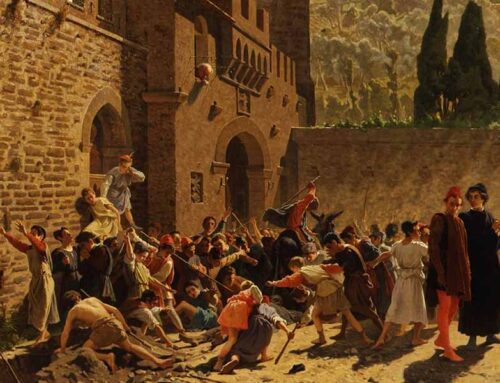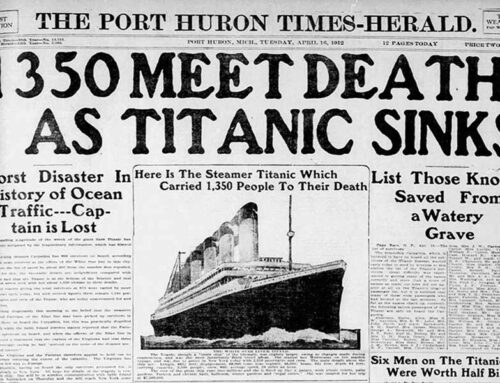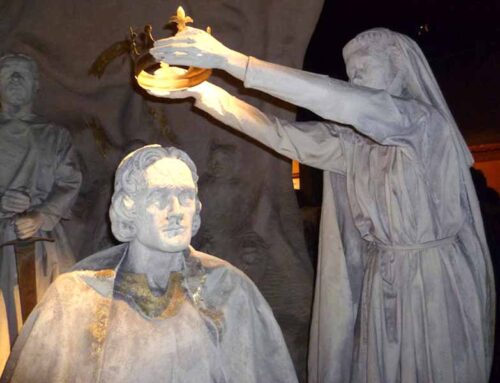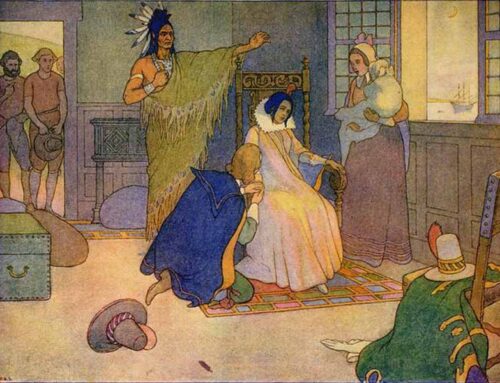
“The arm of the Lord had been stretched out indeed, and a mighty man of war was on their side. Coligny was to be the Joshua of the chosen people.”—Pierre Viret (French Protestant Theologian)
Admiral Gaspard de Coligny Is Born,
February 16, 1519
![]() n times of persecution, many of our heroes of the faith proved they were men of perseverance, men who mounted eloquent apologetics, who defended the innocent from slaughter and often formed a rallying point for an entire movement. It is rare for those men to find time during such upheaval to dream; rarer still to promote those dreams to reality. But such is the legacy of Admiral Gaspard de Coligny, military leader of the Huguenots, hero of the Reformed Church in France. While perhaps most famous for being violently assassinated during the despicable Saint Bartholomew’s Eve massacre, de Coligny’s legacy of faith and vision carries on to this day, not only amongst the Protestant church but also more tangibly in the history of the New World.
n times of persecution, many of our heroes of the faith proved they were men of perseverance, men who mounted eloquent apologetics, who defended the innocent from slaughter and often formed a rallying point for an entire movement. It is rare for those men to find time during such upheaval to dream; rarer still to promote those dreams to reality. But such is the legacy of Admiral Gaspard de Coligny, military leader of the Huguenots, hero of the Reformed Church in France. While perhaps most famous for being violently assassinated during the despicable Saint Bartholomew’s Eve massacre, de Coligny’s legacy of faith and vision carries on to this day, not only amongst the Protestant church but also more tangibly in the history of the New World.
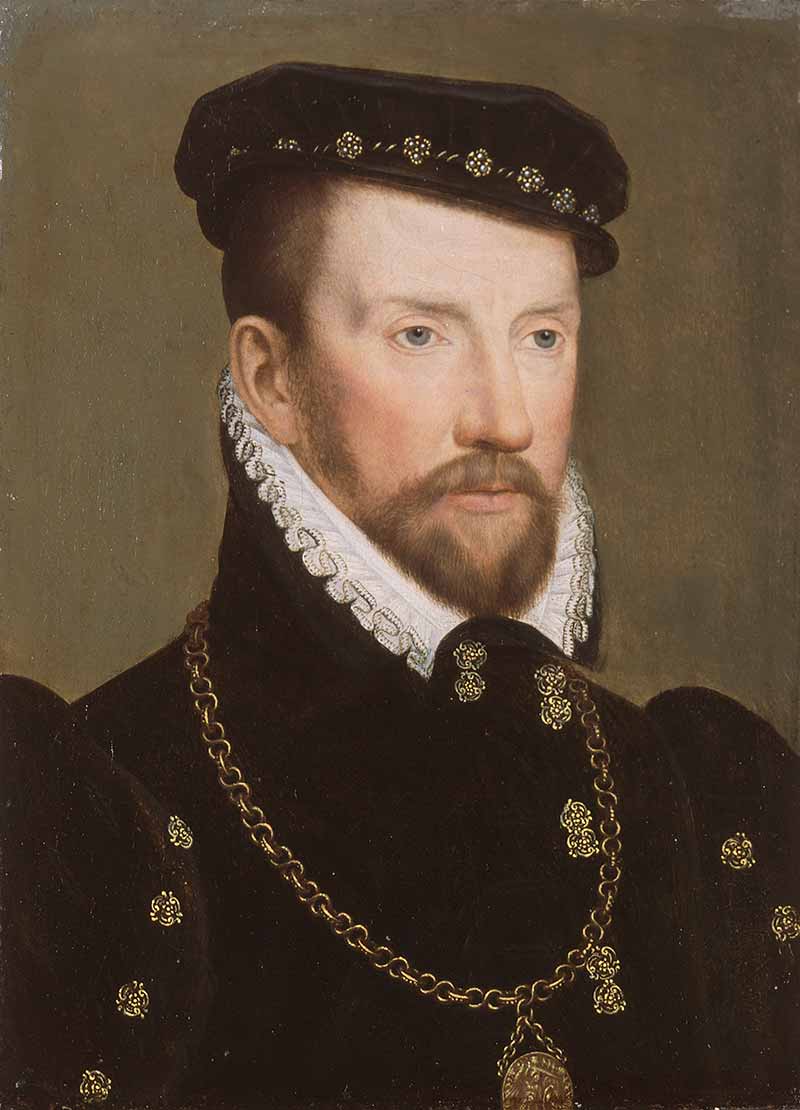
Admiral Gaspard de Coligny (1519-1572)
On our tour of northern Florida, exploring the oldest city in America—St. Augustine and its northern settlements—we learn much of the vision of Admiral de Coligny, his ambitions towards discovering new lands, and his vision to create a place where his persecuted fellows might establish themselves.

The palisades at Fort Caroline in Florida
Born the third son of the Marshall of France and belonging to the powerful Châtillon family—Gaspard II de Châtillon, Count de Coligny being his full name—became heir of his family at the age of five. His mother was a devout Protestant with incredible strength of character which she passed to her sons. His eldest brother died young and the next became an Archbishop who converted to Protestantism. His devoted younger brother served as his comrade during the many wars in which he fought.

The Coligny brothers: Odet (1517-1571), Gaspard (1519-1572) and François (1512-1569)
In his youth de Coligny distinguished himself in the service of King Francis I of France, warring with the Hapsburg’s Spanish forces and with the English. Around this same time a young lawyer named John Calvin was penning his Institutes of Christian Religion, setting forth Reformed and gospel-centered tenants of faith, and dedicating them with rebuffed zeal to that very same King Francis I. While Francois de Guise—of the prominent and zealously Catholic de Guise family—won notoriety and influence during this campaign, it was de Coligny who was entrusted with the powerful position of Admiral of France.

King Francis I of France (1494-1547)

Francis de Guise (1519-1563)
In a strange twist so familiar to those who note providences, around this time a military defeat led to Admiral de Coligny’s imprisonment at the hands of the enemy. I remind the reader that in 16th century France, Catholicism was the state religion, a practice required of all citizens and devoutly adhered to by the Admiral. That said, due to the Protestant influence of his mother, years of personal correspondence with John Calvin, and the reading of an outlawed copy of the Holy Scriptures in French, de Coligny emerged from his captivity a convert to Protestantism and the next champion of the faith.

John Calvin (1509-1564), from an edition of his Institutes of the Christian Religion
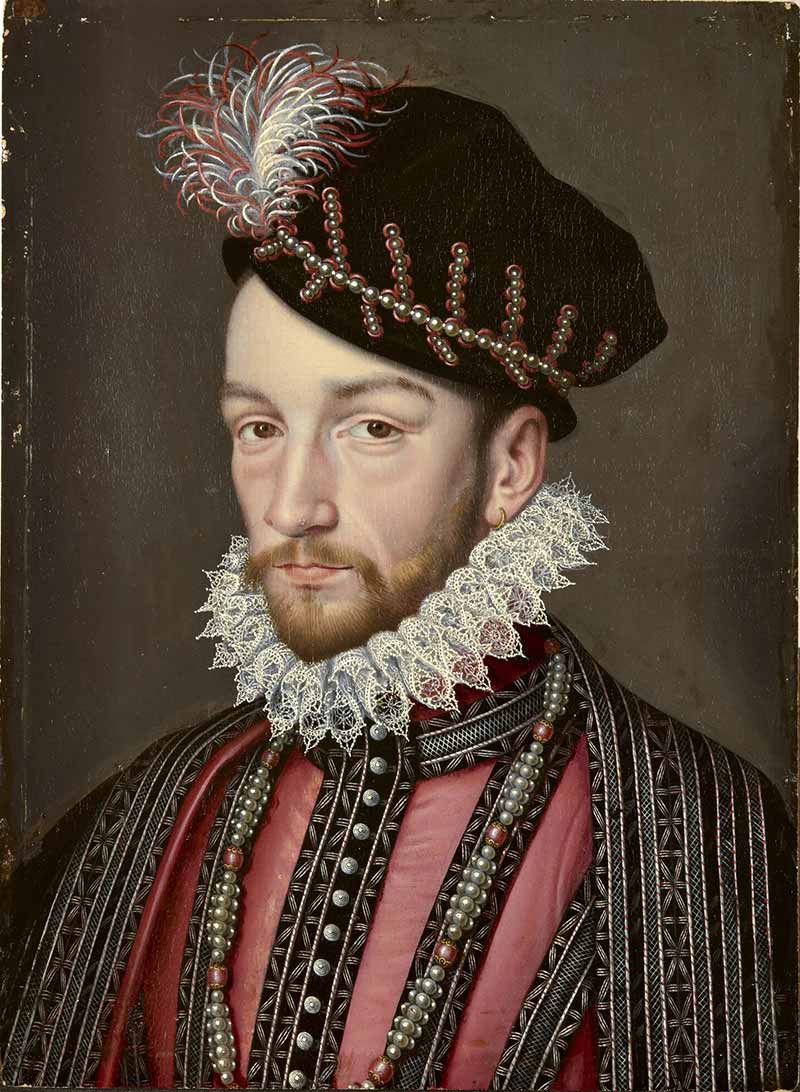
King Charles IX of France (1550–1574)
With the new king, Charles IX, and his court growing ever more hostile to the Reformed faith, de Coligny initially kept his conversion quiet, though this informed his burden to expand Protestant influence and provide refuge for impending persecution should the tentative peace break. With this in mind, in 1562, de Coligny commissioned a force led by two Protestants, Jean Ribault and René de Laudonnière, to establish a settlement in Florida. They named it Fort Caroline and their choice of land was only miles north of Spanish St. Augustine and the ruthless Spaniard Admiral stationed there, Pedro Menéndez.
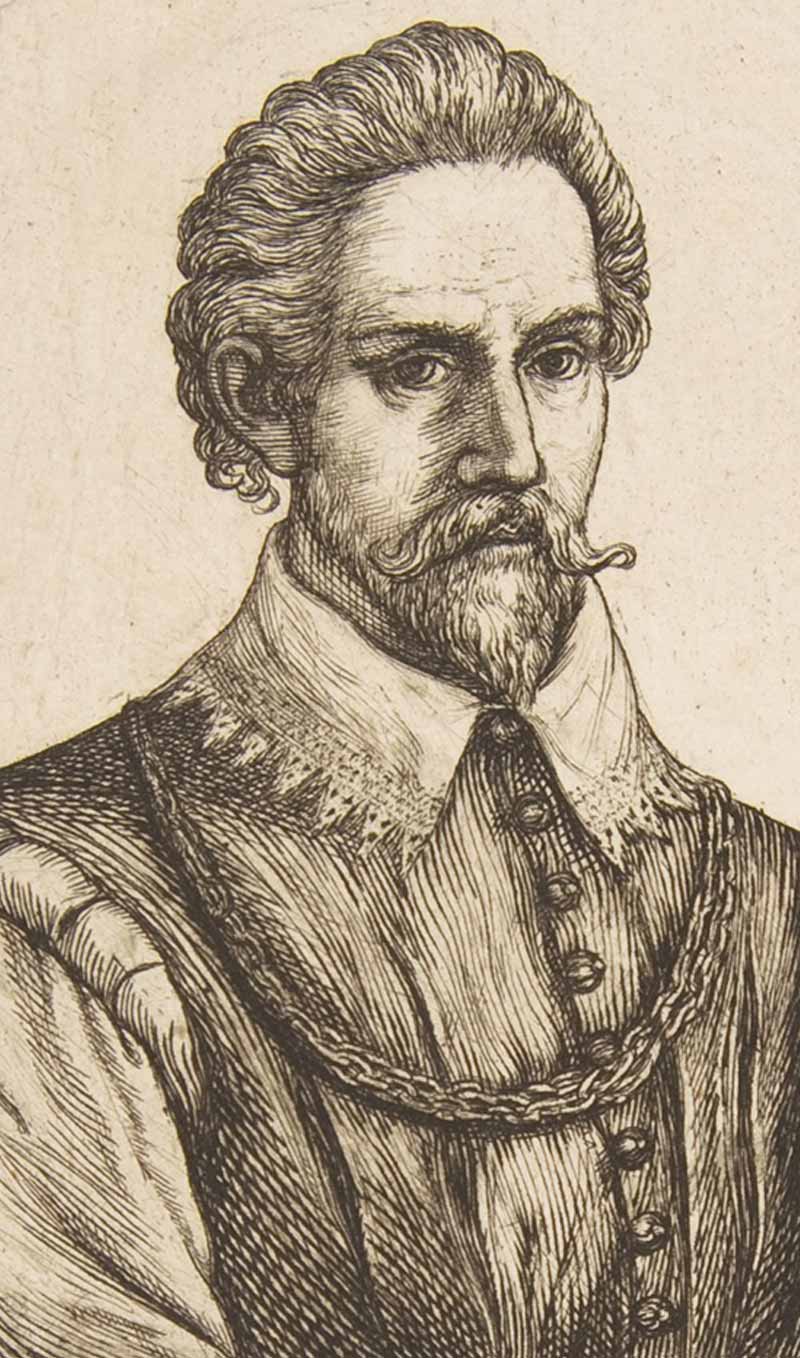
René Goulaine de Laudonnière (c. 1529–1574)
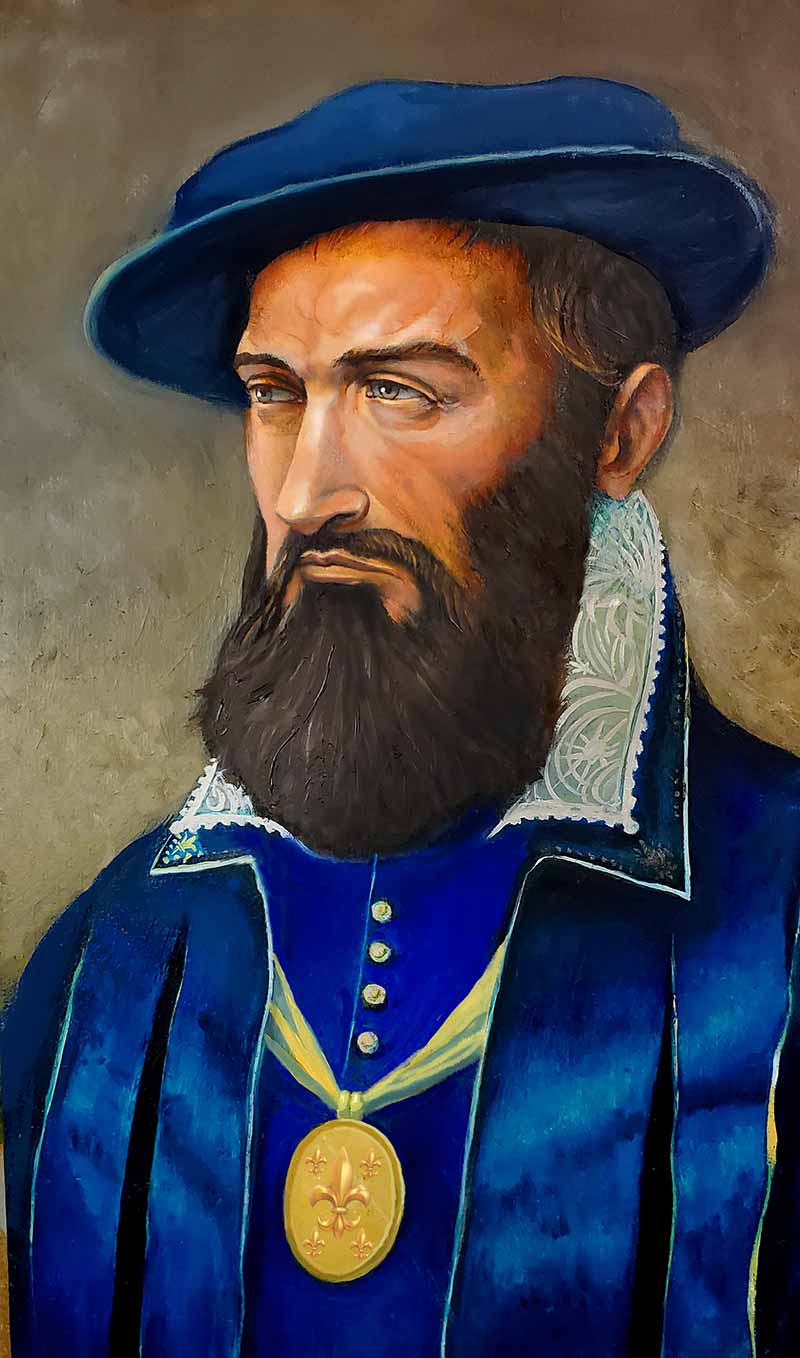
Jean Ribault (1520-1565)
On orders from Menéndez, the Spaniards attacked Fort Caroline, massacring the French garrison and carrying off the remaining women and children as slaves. Impermanent as de Coligny’s settlement was, and unsuccessful as the hoped-for-haven for their kindred to flee to, its example resounded amongst those English Protestants who would eventually establish Jamestown and Plymouth. The impact on the natives of the area was also significant. A peaceable and trade-centered settlement, the Huguenots’ Fort Caroline was in stark contrast to their Spanish predecessors. Generations later a historian recorded that from the dense tropical forests of Northern Florida could be heard the singing of Psalms in French, a leftover of the gospel’s impact on the few tribes who came in contact with de Coligny’s expedition.
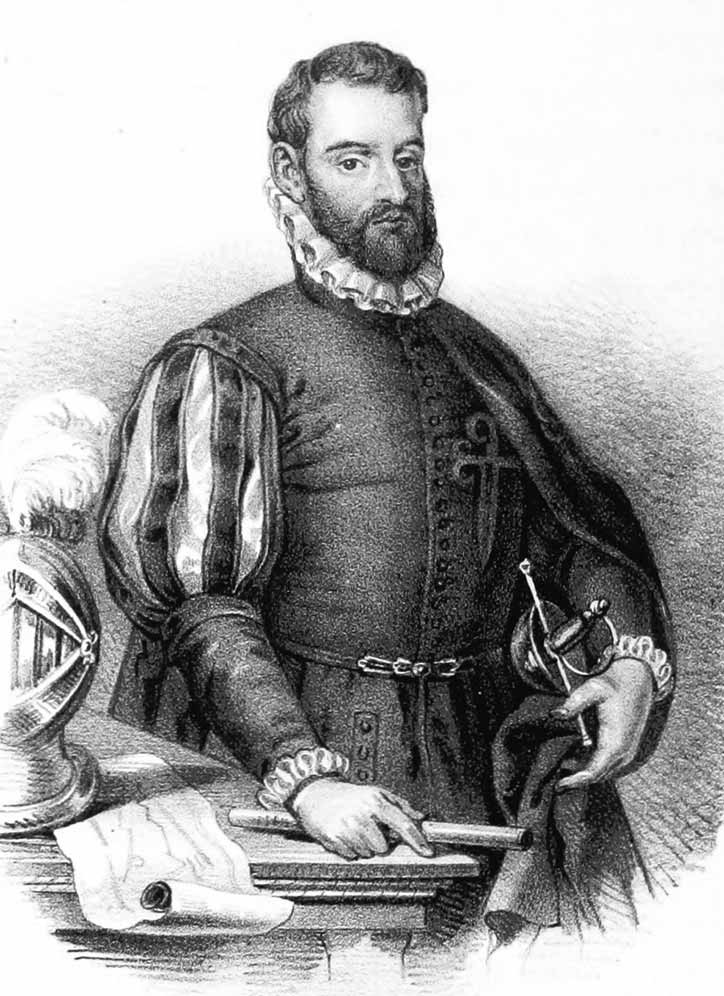
Pedro Menéndez de Avilés (1519-574)

The Massacre of Vassy was the murder of Huguenot worshippers and citizens in an armed action by troops of Francis, Duke of Guise, in Vassy, France, on 1 March 1562 and is identified as the first major event in the French Wars of Religion.
Back in France, the situation between Catholics and Protestants erupted into all out civil war—later referred to as France’s Wars of Religion. In 1562 the bloody Massacre of Vassy occurred in which the Duke of Guise and his soldiers brutally murdered more than sixty Huguenots at a private church gathering. Such mounting persecutions prompted de Coligny to publicly display his commitment to the Reformed cause. He was the one to bravely present the demands of the Protestants to the King, while also expressing his growing displeasure towards the initiatives of the Guise family, his opposition to their cruel policy and vindictive governance at court. These appeals were not heeded for long and violence became the negotiator of the day with Admiral de Coligny seen as the undisputed leader of the Huguenot forces.
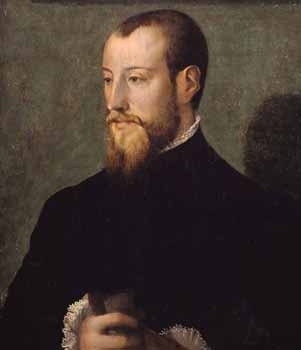
Theodore Beza (1519-1605) French Reformer

Pierre Viret (1509/1510-1571) Swiss Reformer
Despite many Princes and grand figures rallying to the Protestant side, it was de Coligny who embodied the soul of the struggle. A brilliant and at times brutal commander, at his own personal expense he kept the disadvantaged Protestant armies motivated, formidable and eventually victorious. He communicated with such theologians as Calvin, Beza and Viret, passing on their encouragements to his troops, but always emphasizing the irreplaceable fount of courage that is God’s written word.
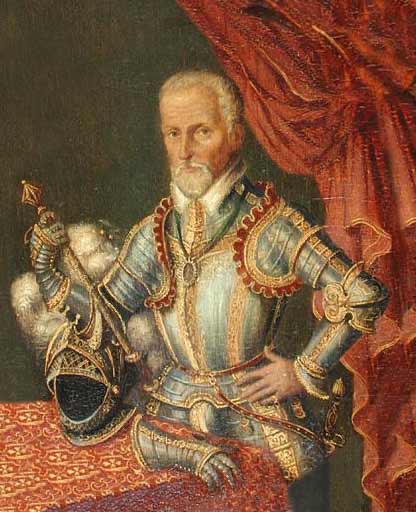
Admiral de Coligny in armor
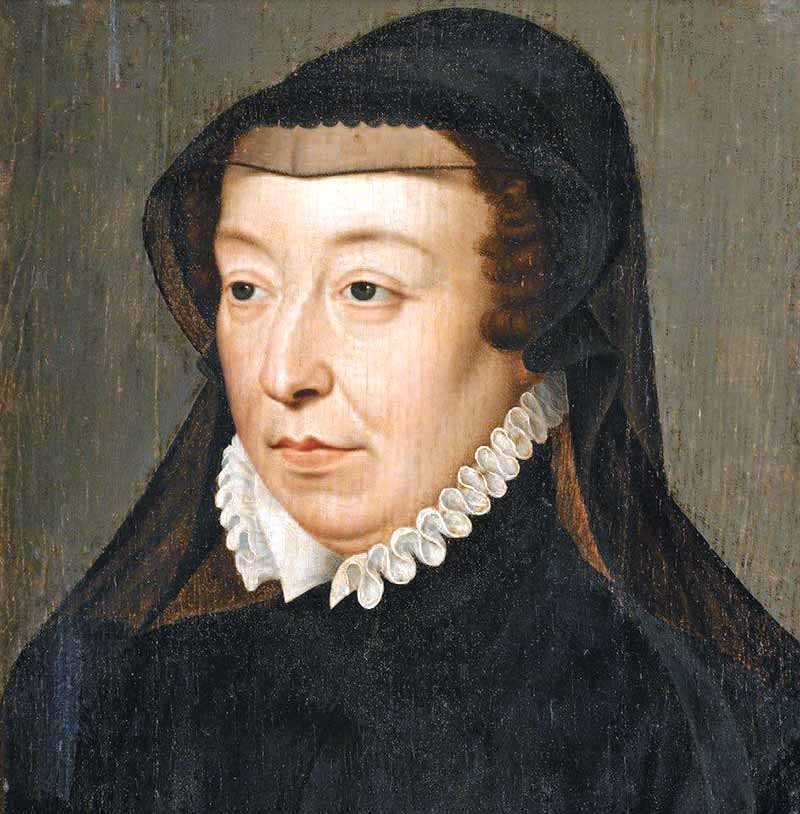
Catherine de’ Medici (1519-1589)
After ten years of sporadic fighting and endless reprisals between both sides, a truce was called on the high note of a Protestant victory. To have a vantage point at all from which to negotiate with Queen Catherine de Medici and her son was impressive enough. To have it be so considerable that the Queen would offer her daughter in a marriage pact to the Protestant Prince Henry of Navarre was due almost entirely to de Coligny’s wartime genius and tenacity.
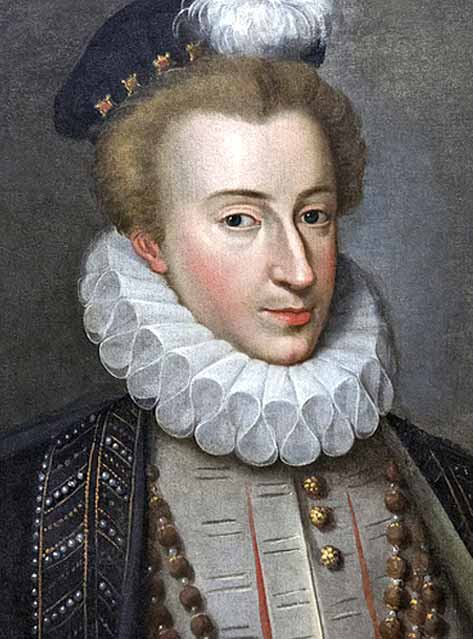
Henry IV of France and III of Navarre (1553-1610)
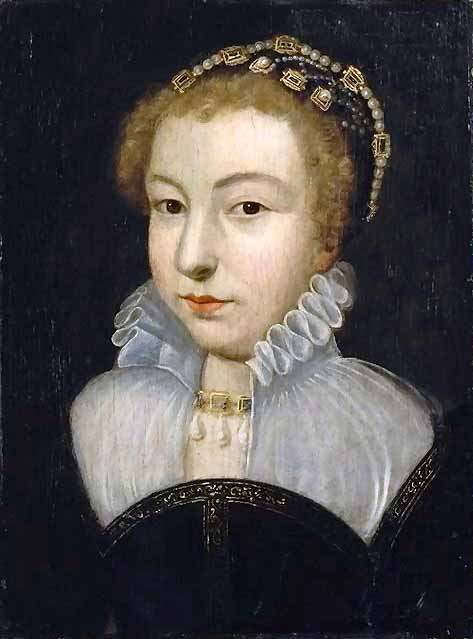
Margaret of Valois (1553-1615)
But where open war and outright persecution had failed, the Catholic court of France turned to subterfuge and dishonor to rid themselves of the pest of Reformed religion. The great unifying event that the marriage was supposed to represent devolved into a bloodbath. Lured into Paris to celebrate and make peace, the most notable of French Protestants were at the mercy of the Guise henchmen when on the evening of August 23, 1572, the King’s Council launched the massacre of Saint Bartholomew’s Eve. The abode of Admiral de Coligny (who had survived an assassination attempt the previous day) was the first to be targeted by the death squads, personally lead by the Duc de Guise.
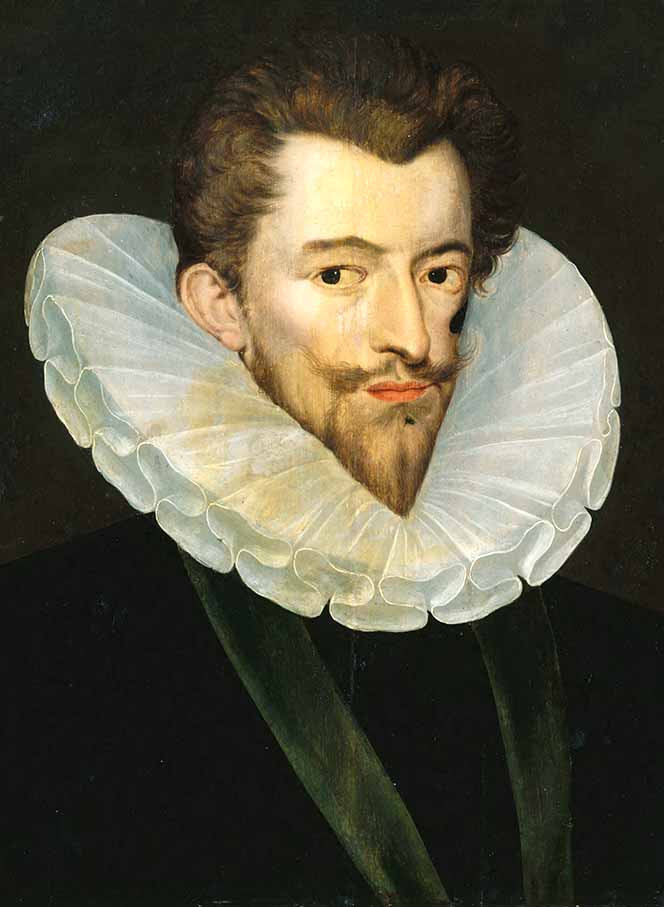
Henry I, Duke of Guise (1550-1588)
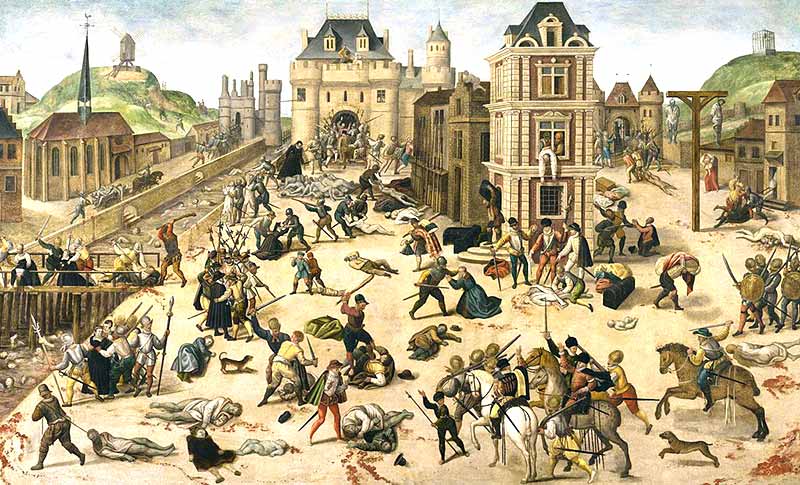
The St. Bartholomew’s Day Massacre occurred during the night of August 23–24, 1572
As his murderers were closing in, de Coligny declared to his attendants: “I have long been prepared to die. Save your lives if you can: you cannot save mine.” Among those with him was his young daughter Louise. Her beloved father and husband would be butchered that night along with no less than 15,000 fellow believers. How she escaped is still unknown but after the terrible massacre—which produced echoing massacres across all the larger cities of France—she sought asylum at the court of Prince William the Silent, leader of the Protestant Dutch and her father’s close ally. Louise was given Prince William’s protection and was incorporated into his household.
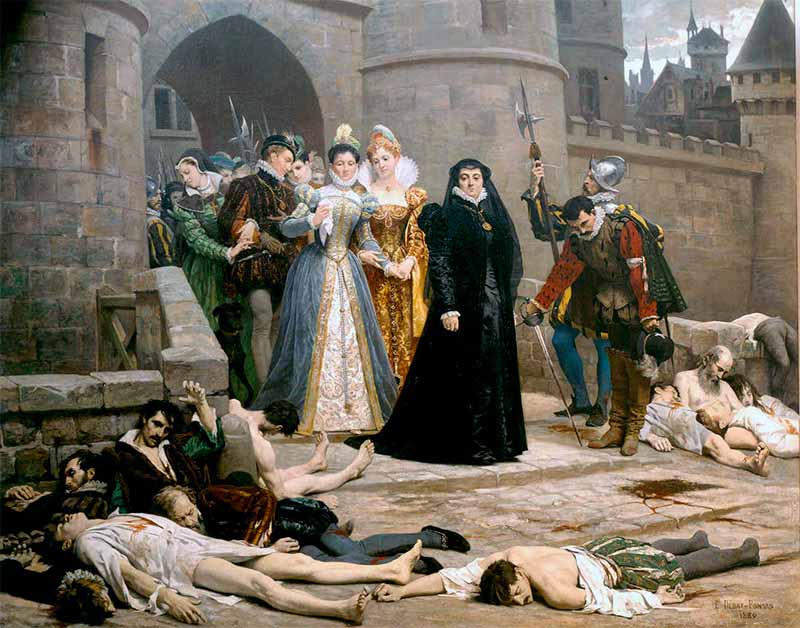
Catherine de’ Medici emerges from the gates of the Louvre to view bodies of Protestants murdered during the St. Bartholomew’s Day Massacre
Affection bloomed between them and in 1583 Louise de Coligny became Prince William’s wife, and through her descendants the blood of Admiral de Coligny runs through centuries of Protestant royalty. What France lost in the collapse of Protestantism after the Admiral’s death was America’s gain. The resulting influx of Huguenot tradesmen and churchmen built much of the Carolinas and New England, a stalwart Calvinistic backbone for our own revolution two centuries later.
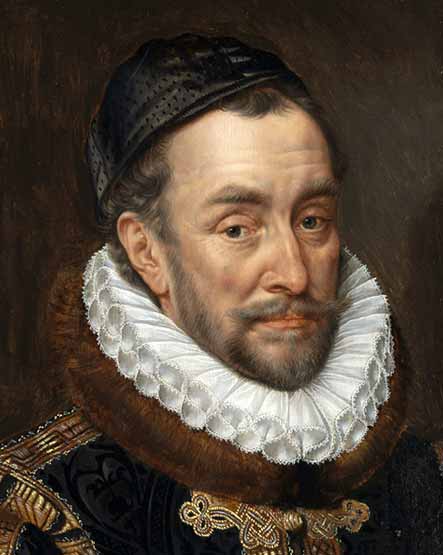
William “The Silent” of Orange (1533-1584)

Louise de Coligny (1555-1620)
The noble selflessness portrayed by this great man of faith is well summarized in his own words, written to his children three years before his death:
“We must follow Jesus Christ, our Captain, who has marched before us. Men have stripped us of all they could; and if this is still the will of God, we shall be happy, and our condition good, seeing this loss has not happened through any injury we have done to those who have inflicted it, but solely through the hatred they bear toward me, because it has pleased God to make use of me to aid his Church. For the present, it suffices that I admonish and conjure you, in the name of God, to persevere courageously in the study of virtue.”
Image Credits: 1 Gaspard de Coligny (wikipedia.org) 2 Fort Caroline (wikipedia.org) 3 Coligny Brothers (wikipedia.org) 4 Francis I (wikipedia.org) 5 Francis de Guise (wikipedia.org) 6 John Calvin (wikipedia.org) 7 Charles IX (wikipedia.org) 8 René de Laudonnière (wikipedia.org) 9 Jean Ribault (wikipedia.org) 10 Pedro Menéndez (wikipedia.org) 11 Vassy Massacre (wikipedia.org) 12 Admiral de Coligny (wikipedia.org) 13 Theodore Beza (wikipedia.org) 14 Pierre Viret (wikipedia.org) 15 Catherine de’ Medici (wikipedia.org) 16 Henry of Navarre (wikipedia.org) 17 Margaret Valois (wikipedia.org) 18 Henry de Guise (wikipedia.org) 19 St. Bartholomew’s Day Massacre (wikipedia.org) 20 Catherine at the Louvre (wikipedia.org) 21 William of Orange (wikipedia.org) 22 Louise de Coligny (wikipedia.org)


